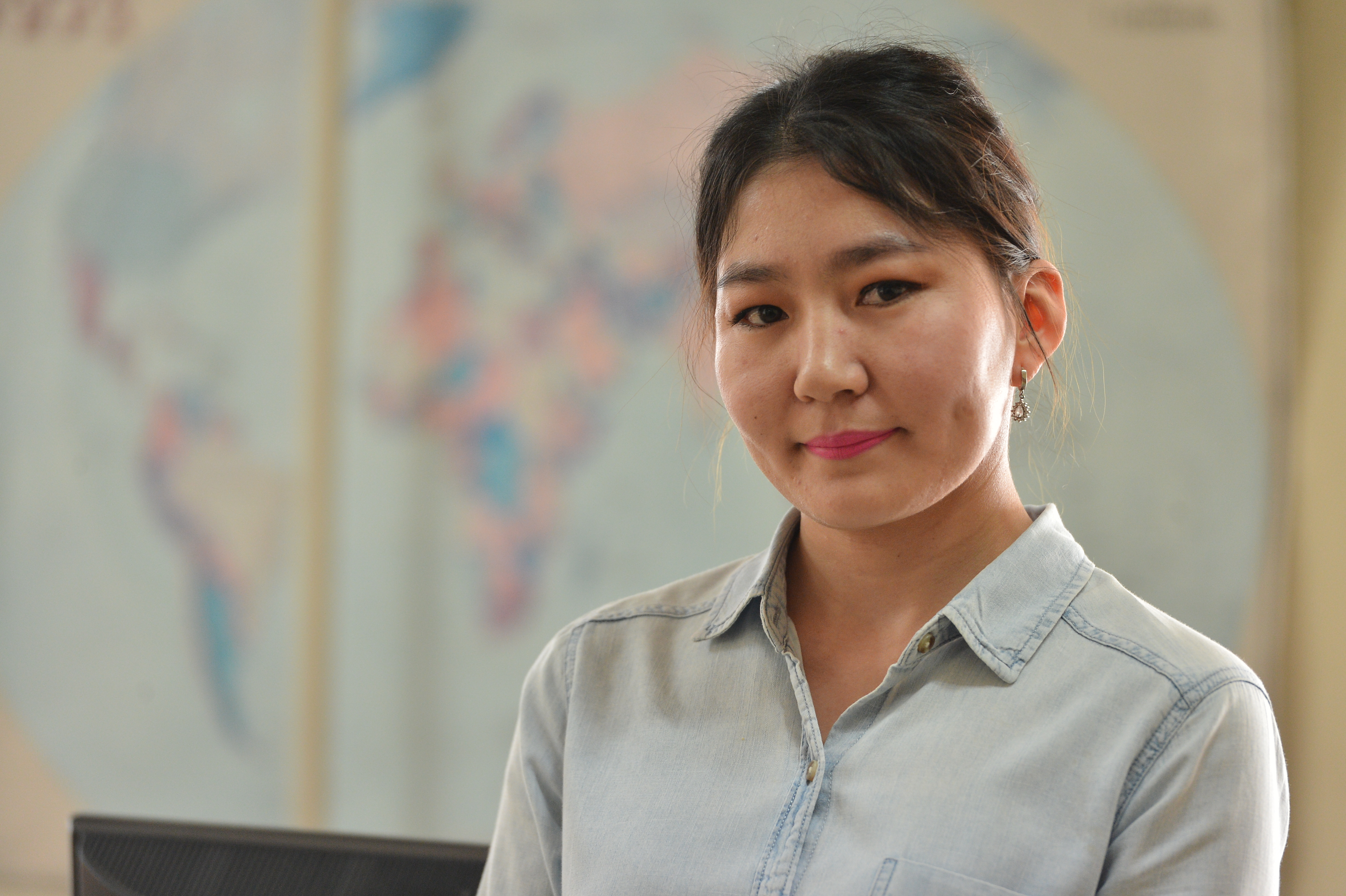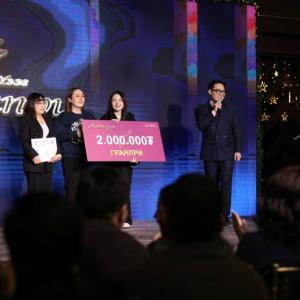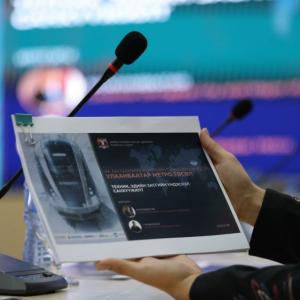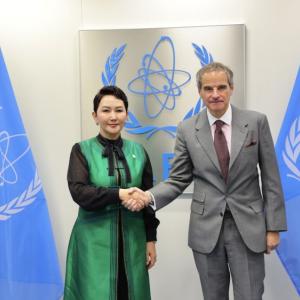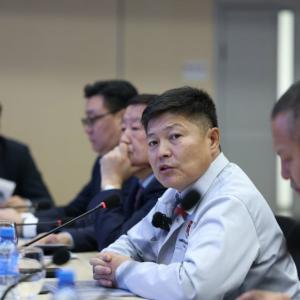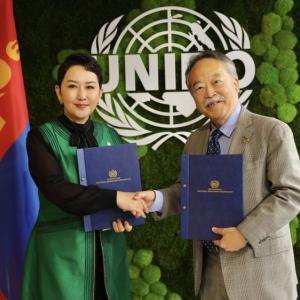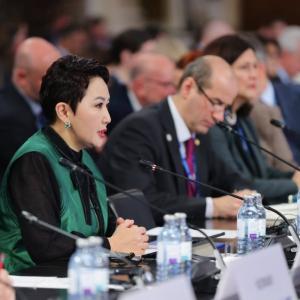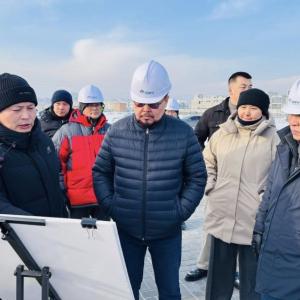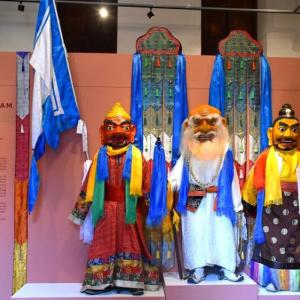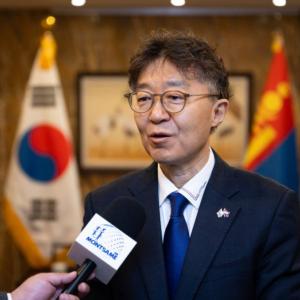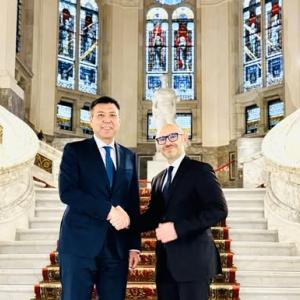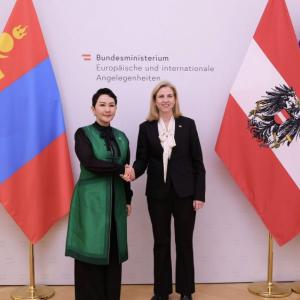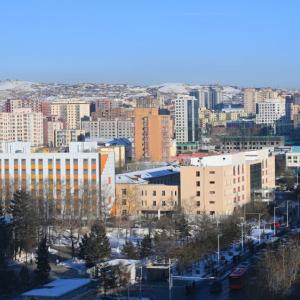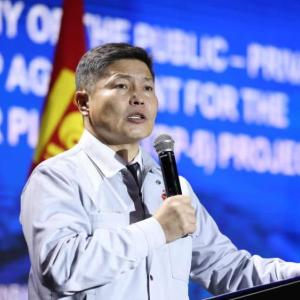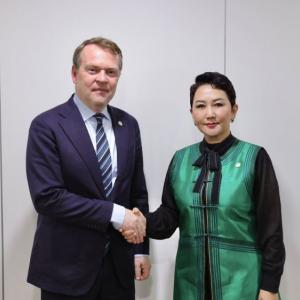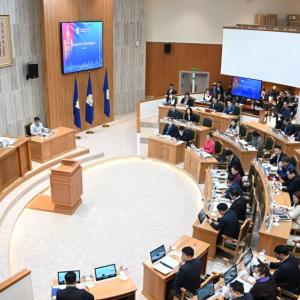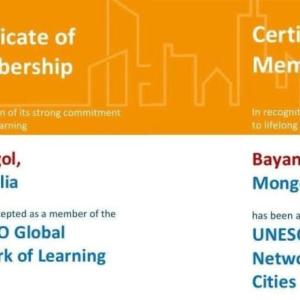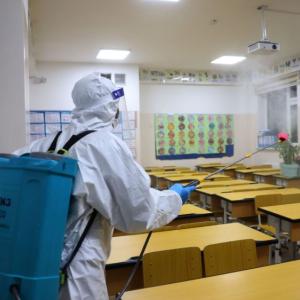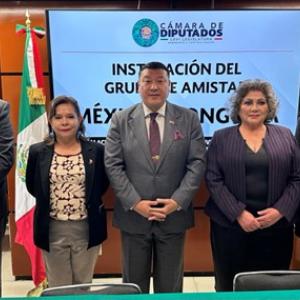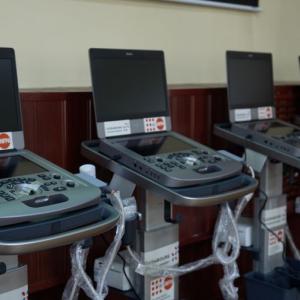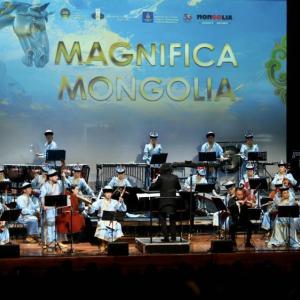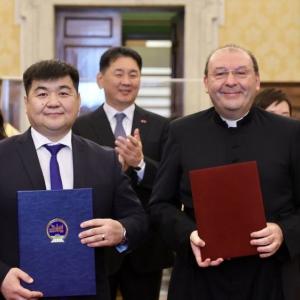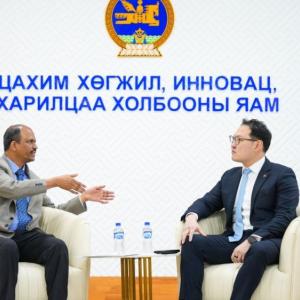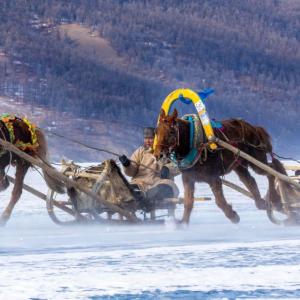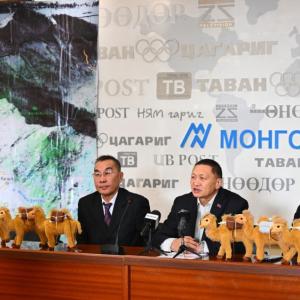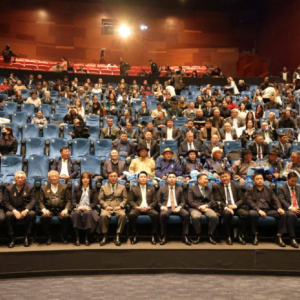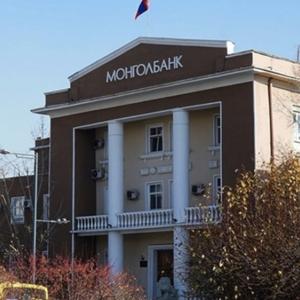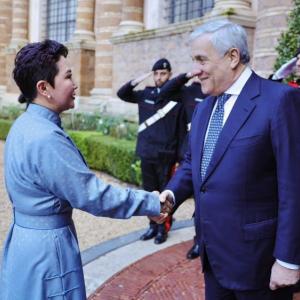Life in Xinjiang Uygur
The Mongol Messenger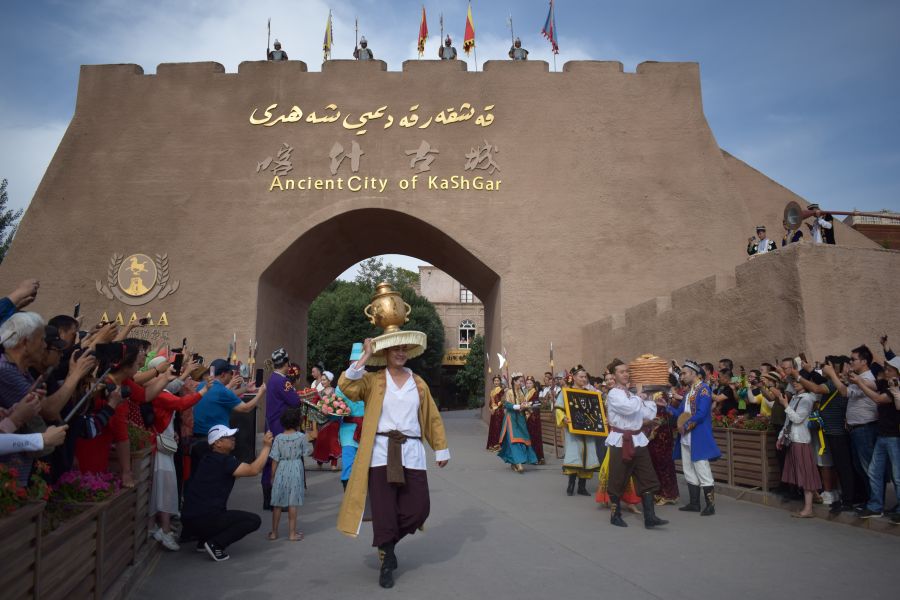
To familiarize with the Xinjiang Uygur Autonomous Region,
two journalists from MONTSAME news agency were involved in ‘Discover Xinjiang’
international journalists’ program that was organized by China Daily newspaper group.
Delegation of media organizations from countries such as Mongolia,
Singapore, Malaysia, the Philippines, Kazakhstan, Vietnam and Thailand
participated in the program between June 20 and 27, experiencing way of life,
history, culture and prosperity of Urumqi, Turpan, Changjiang, Karamay and
Kashgar cities.
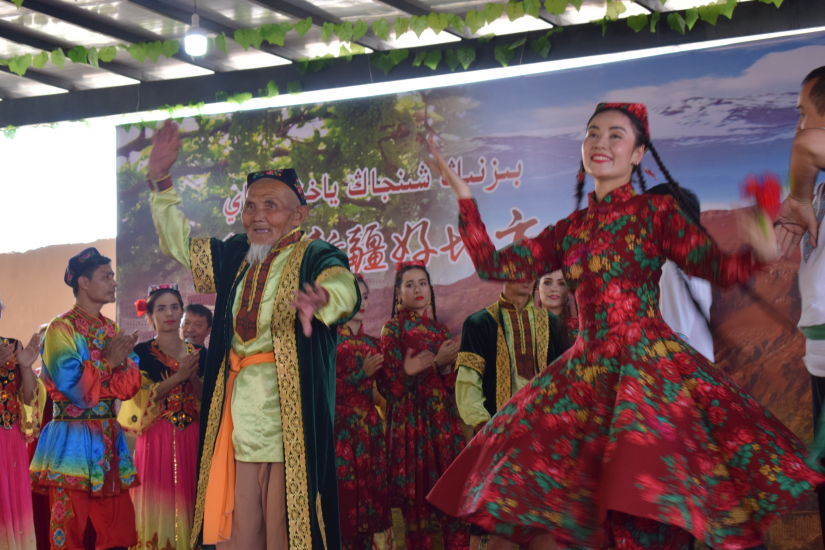
The
region leads the country with its oil, natural gas and coal reserves
Largest mountain ranges Altai Range, Tenger Mountain and
Kunlun Range as well as Dzungaria Gobi Desert, Tarim Basin, Taklamakan desert
occupy much of Xinjiang’s territory. Xinjiang, (literally means New Frontier or
New Borderland) has a population of 26 million and is home to 55 ethnic groups
including the Uyghur, Han, Kazakhs and Mongols, of whom 13 ethnic groups have
been living in this territory over
generations.
The region is popular with its Turpan grape, Hami watermelons and Kashgar pomegranates, it also leads China with its cotton production and in the second place with its mutton and meat products.
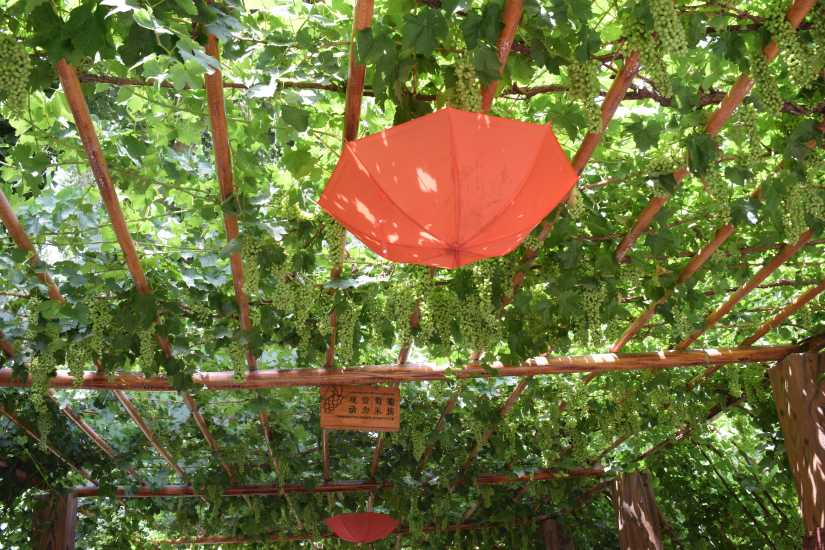
The Xinjiang Uygur Autonomous Region (XUAR) is a stronghold
of China entering into Eurasian market and is an economic, trading, road and
transport, logistics, oil and natural gas transportation hub for Eurasian
countries. The most well-known route of Silk Road, which connected the East and
West, used to run through the Xinjiang’s territory and it has become
fundamental infrastructure of the regional development, not losing its
significance until today.
XUAR is one of the leaders in China with its oil, natural
gas and coal reserves and it supplies energy to other regions in the country.
In particular, Xinjiang’s oilfield reserve is estimated at 20.9 billion tons,
and it makes up 30 percent of oil reserve of China. Moreover, it has 11
trillion cubic meter natural gas (34 percent of China’s natural gas) and 2.19
trillion tons of coal (40 percent of coal reserves).
XUAR has been intensively developing over last 10 years and
the capital city Urumqi has 5 million residents while Kashgar city with a
history of 2000 years, where Uyghur people mostly live has a population of 4.6
million, Turpan city 650 thousand, Changjiang city 600 thousand, Karamay city,
which has been developed from the town of oil workers into modern city, has 170
thousand residents.
Xinjiang Uyghur Muqam saved from danger of extinction
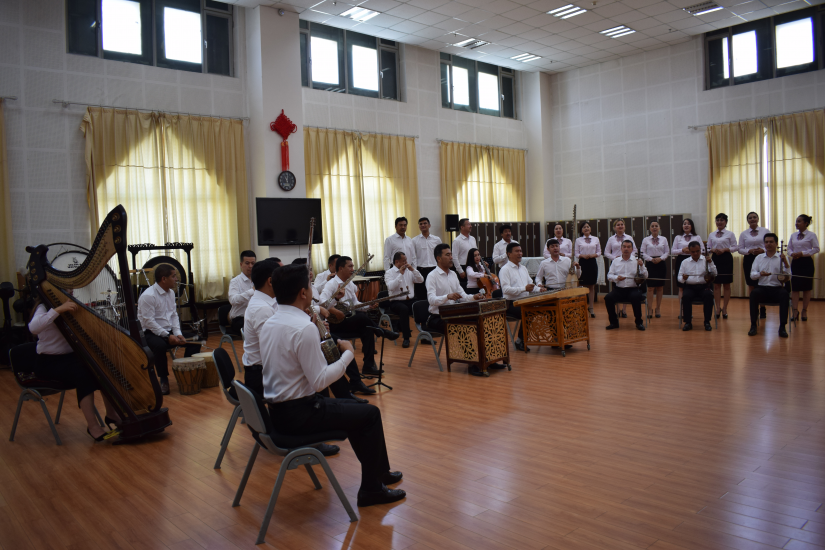
The reporters’ group participated in ‘Discover Xinjiang’ program visited Uyghur Muqami Arts Palace in Urumqi, which was inscribed on the UNESCO’s Representative List of the Intangible Cultural Heritage of Humanity in 2005 alongside getting acquainted with International Grand Bazaar which was established in 2018, Xinjiang International Exhibition Center and Islamic University.
Though the Xinjiang Uyghur Muqami that includes songs, dances, folk and classical music, was in danger of extinction for some period, the Government started maintaining an integrated policy on it in recent years. The Muqami Art Palace in Urumqi was built with financing of CNY 100 million from the Government. Not only the art of muqami is being taught in arts universities in Xinjiang today, but also the Government is paying attention to inheritors.
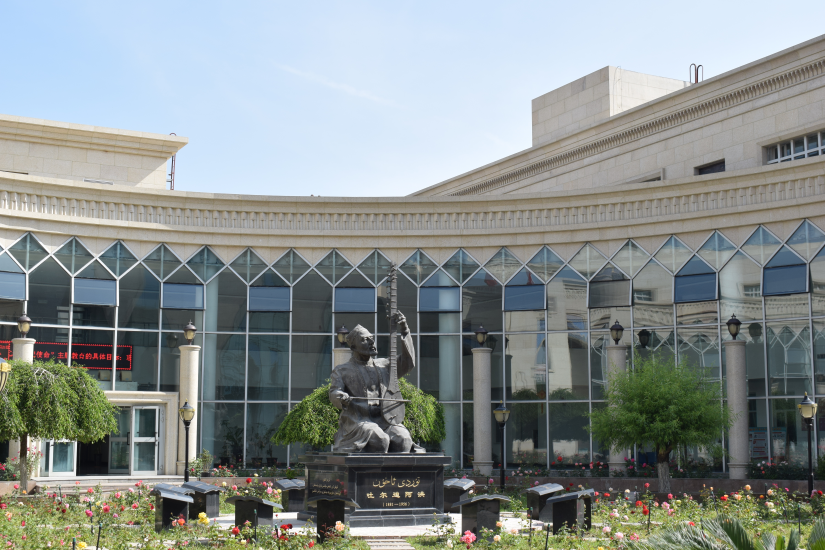
Xinjiang International Grand Bazaar plays pivotal role in Xinjiang’s economic growth and more than 130 shops and over 50 food houses operate along 730 m long street. A total of 12 million people visited the bazaar in 2018 and it serves to 150 thousand customers a day in summer and 30 thousand customers per day in winter.

Established in 1987, Islamic University in Urumqi, which
started its operation to educate pastors to work in Islamic mosques, now have
more than 1100 students. A new building built with investment of CNY 290
million was commissioned in 2017.
There are such ten universities in Xinjiang and the students study free of charge with Government funding.
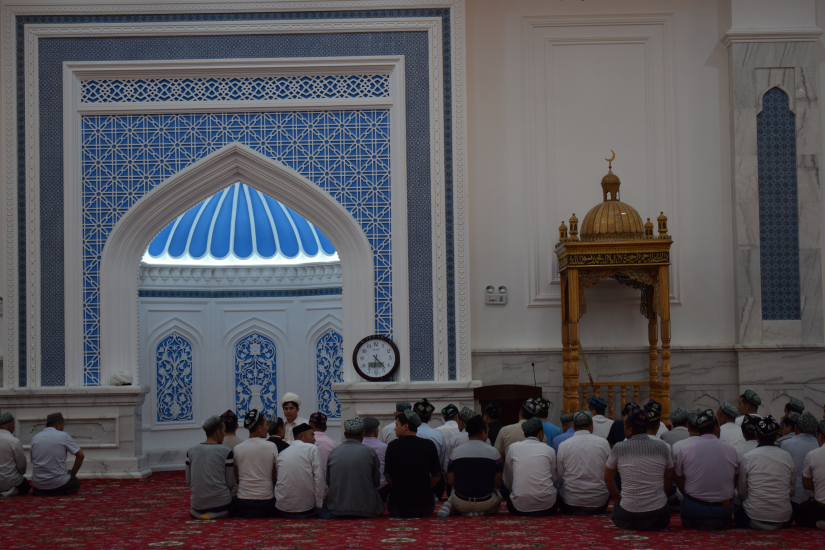
No terrorist attacks organized in Xinjiang over last 30 months
While watching crime videos of Islamic extremists and
weapons seized from them, the reporters were introduced with information about
terrorist attacks provoked by Islamic extremists, which were organized numerous
times since 1990, taking lives of thousands. However, no terrorist attacks have
been organized over the last 2 years in Xinjiang thanks to staged measures
taken by the Government of China and its preventative actions.
About it, Head of Public Relations Department of the XUAR,
Ms. Tian Wen said that we have been attaching special attention on preventing
from attacks that can be organized by extremists and strengthening defense. As
a result of these actions, no terrorist attacks have been organized in Xinjiang
over the last 30 months. Policemen are prepared to prevent from crime coming to
the site within one minute. Vocational education and training centers for
people addicted to religion were set up in large numbers and risk groups are
being involved. After completing the training, people are coming down to their
normal mode of life. Western people are considering it as human rights are
being violated in Xinjiang and people are being detained under the name of
educating them. In fact, religious groups impinge on people’s rights to live,
whereas, we are protecting people’s rights through taking above-mentioned
measures. The number of criminal cases has been reduced in Xinjiang in recent
years. Now our region is considered one of the safest places in China.
About training centers for risk groups
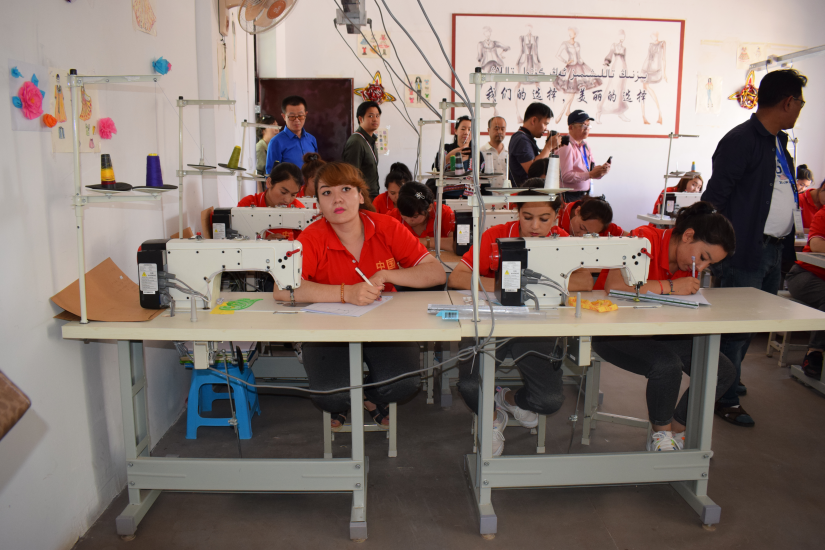
In Kashgar, we visited one of the training centers, meeting
with a citizen, who is now living peacefully with her family after studying at
the center.
Vocational training center in Kashgar conducts training on
Chinese language, law and giving vocational trainings for at least 6 months or
more to target groups (not only Uyghurs, anyone who considered as a risky man will
be trained) who are addicted to religion or at risk to be addicted or a person
who can be committed to crime. They are involved in the training upon their own
request or proposals made by their families and the council of the town.
More than 1000 citizens are studying at the vocational
training center where we visited and most of them are youths. Of whom 80
percent is men, 20 percent is women and they acquire occupations such as
electrician, tailor and online trading specialist. The Government covers all
the expenses including training, housing and food. Learners are allowed to go
to their homes at weekends. It is only prohibited to run any religious
activities at the center.
Counterterrorism
law has been adopted in Xinjiang. According to the law, these vocational training centers were
founded. Presently, no cases that the learner got involved again in risk group
after graduation have been recorded.
“I used to meet different people when I was working as a
seller in our family shop. Some of them convinced me by saying that Uyghur
people always have to pray coming to the Mosque, that we should strictly enforce
our religious disciplines and as you communicate with many people, you have to
influence these people and persuade them. So I started tempting people and my
behavior has been changed into negative side, selling products at higher price
to the people who have different religious faith. Due to it, I got used to
regularly argue with my husband and lived with my parents for a while.
Therefore, my husband and parents notified about me to the council of the town
and I decided to study at this center upon my own request. There I learnt Chinese
at certain level. In addition, I acquired legal knowledge and artistic
occupation. Now I dance at performances. I am living peacefully with my family
without any conflicts,” said Ms. A, who studied at the center for 10 months.
She lives with her husband, two
children aged 8-10 and grandparents. Her husband runs canteen and they plant
fruit trees in their fence besides raising chicken and sheep.
150 million domestic and foreign tourists visited in 2018
Turpan is an ancient city, symbol of Xinjiang and one of the tourist attraction spots. It is well known for its grapes and almost every household grow grapes. As it is the lowest land in China, temperature reaches +49 Celsius degrees here. Turpan received 16 million domestic and foreign tourists in 2018. Our guide said that 8000 people visit remains of ancient city Jiaohe a day.
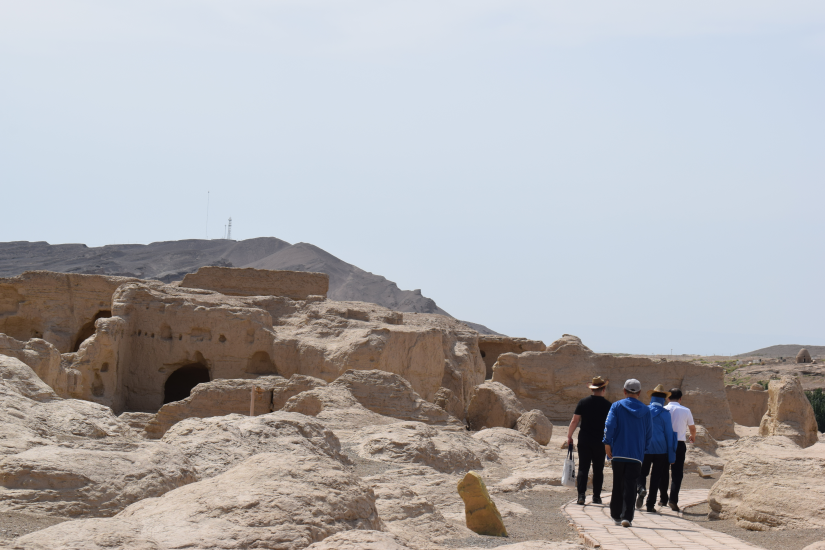
Remains of Jiaohe city, grape valley, Karez Museum dedicated to demonstrating its karez water system and Turpan Museum magnetize tourists.

Generally, Xinjiang is the main tourism destination of China and it received 150 million tourists in 2018, which shows an increase of 40 percent from the previous year. Most of them are domestic tourists and 2.6 million were foreign citizens.
Making medicinal and beauty product brands breeding ostrich
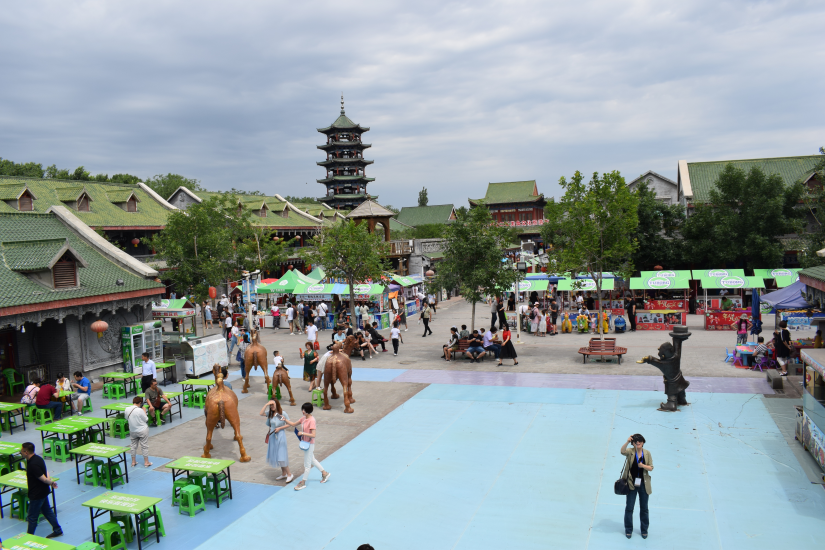
Manufacturing and tourism are the main economic leverage of
Changjiang city. The food street of Changjiang city is the place where all
ethnic groups live in the city, make and sell their foods and tourists bustle.
Xinjiang Medical University in Changjiang combines traditional Chinese medical practice with European treatment and scholars and professors from countries such as the United States, France conduct trainings and make check-ups. Especially, traditional Chinese medical practice including acupuncture and cauterization and acuclosure are popular and infertility is being successfully cured here. All citizens in Xinjiang get medical examination gratuitously once a year. Over 90 percent of Chinese population have health insurance and treatment expense is paid up to 80-90 percent from the insurance fund.
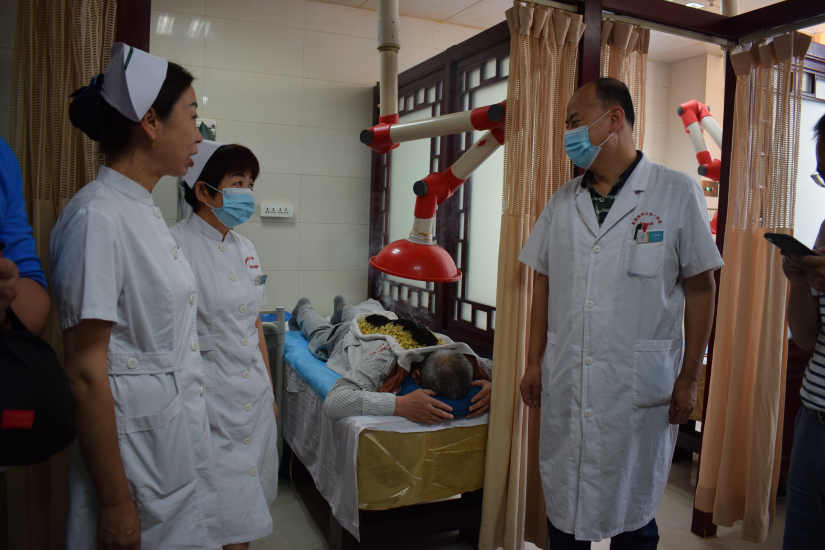
While farming Australian ostriches for their feathers, skin and meat, pharmaceutical and cosmetic products are being made from it. CNY 90 million investment has been made to EMU breeding place and it earns CNY 2 million per year. There are over 170 ostriches in the breeding place and one piece of ostrich egg is sold at CNY 300.
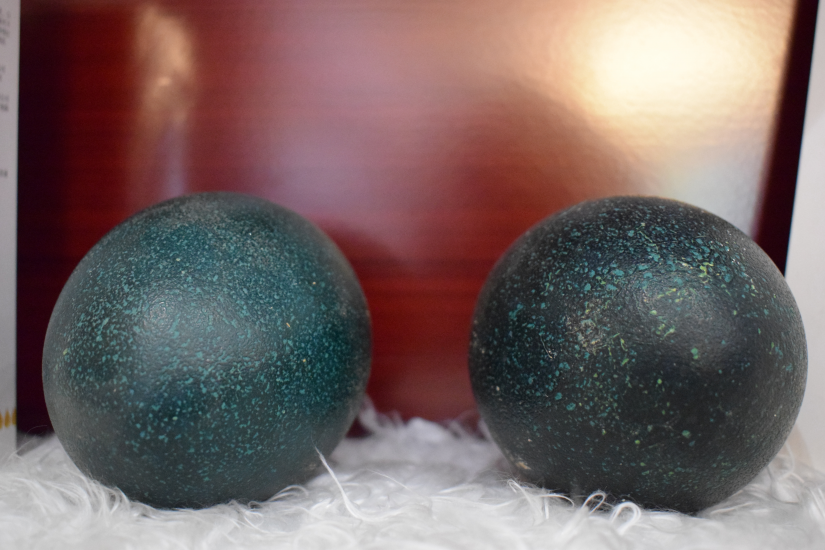

In addition to using ostrich meat in food, medicinal and cosmetic products such as soap, oily cream, mask are made. Moreover, EMU brand is developing by producing bag and purse made of ostrich skin and inner part of spacesuit made of its feather.
We, reporters also got familiarized with Agricultural Science
and Technology Park in Changjiang where various plants are grown and sold to citizens.
Becoming a green city from desert town
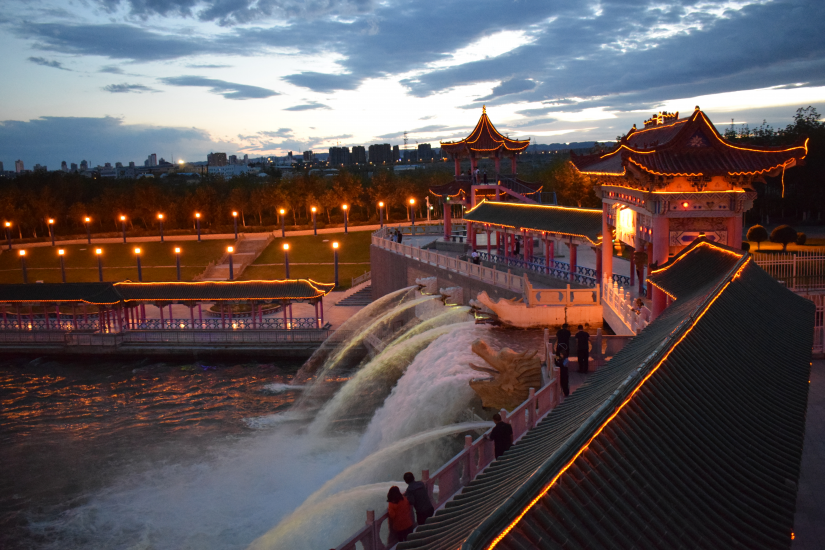
Karamay is a city in the north of the Xinjiang Uygur
Autonomous Region of China. In 1955, one
of the largest oil fields in China was discovered here. Since then, the city has
grown as an oil producing and refining center. A tiny town of oil workers in
desert has been extended, becoming a green city where infrastructure, logistics
and technology have been developed. An oil refining plant locates in distance
of over 100 kilometers from the city.
47 percent of the territory of Karamay city, which built in sand desert, have turned green. Even though, it is considered as the highest cost place for planting trees due to its water resource. It is said by people in Karamay that planting one tree equals to giving birth and bringing up one child. It is commendable that, the more the environment turns green, the more precipitation frequency is increasing.
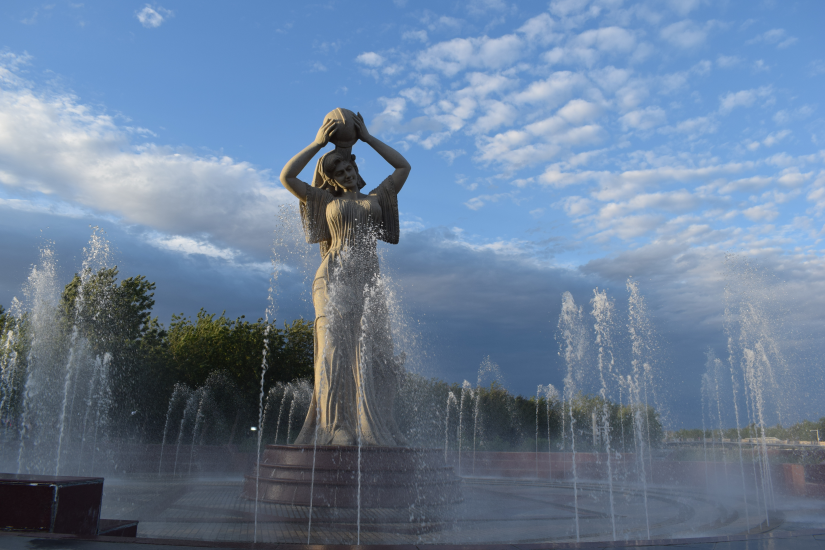
In
Karamay city, we familiarized with activities of Citizens Center, Senior
Recreation Center, Information Technology and Industrial Park co-founded by
Huawei and China mobile companies and Branch of China University of
Petroleum-Beijing alongside visiting at Uyghur family and sailing through the
Karamay River.
China University of Petroleum in Karamay has over 2000 students and it enrolls 400 students in bachelor’s degree programs in 4 professions and 50 students respectively in master’s and doctoral programs. Students of the university do internships at 17 companies and industries including oil refinery in Karamay and employed after their graduation.
Additionally, 8 million students graduate from universities
a year in China and 13 million people are employed.
One of the six largest cloud computing centers of China has
been operating in Karamay. Officially founded in 2013, based on Huawei
company’s database, data products developed by the center are being widely used
in administration, health, small sized enterprises, scientific and defense
organizations, tourism, agriculture, bio technology and material
production.
At Mister Halida Ahmed’s home
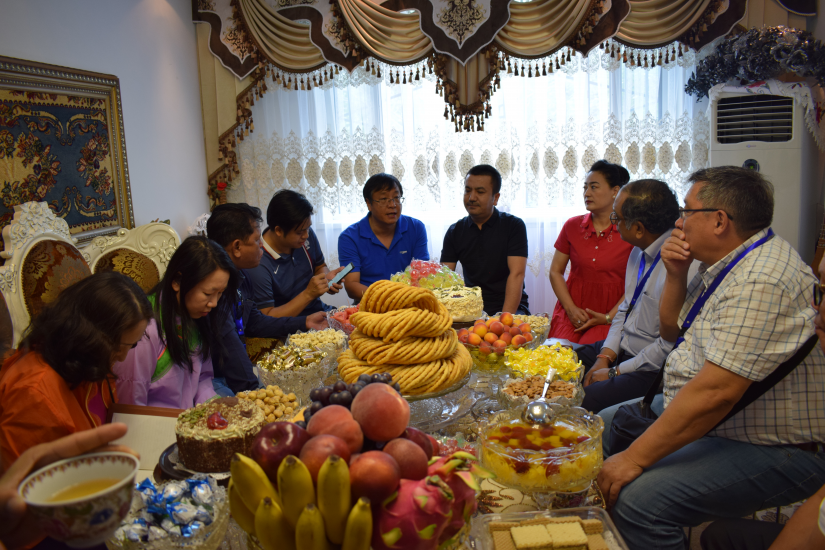
In Karamay, we visited Mr.Halida Ahmed’s home, experiencing
their livelihood. He is a Uyghur man, who has been living in the city since he
was born here. He lives with his wife, son and daughter and he works at
apartment owners’ association while his wife works at city administration.
Though he was hesitating to tell about his family’s monthly
income, then he answered CNY 10000. He notified that he has willingness to
enlarge their living space in the future.
Office space is CNY 2400-3000 per square meter in Karamay,
while it reaches CNY 4000-5000 per sq.m if it has the Government approval. However, within the Government policies of
reducing poverty and
housing
its people in recent years, housing price has been decreasing, said Mr. Halid
Ahmed and served us with Uyghur cuisine made together with his wife.
The name of the city Karamay means ‘Black oil’ in Uyghur language. If you observe Karamay’s sand well, it looks deep brown with black stripes.
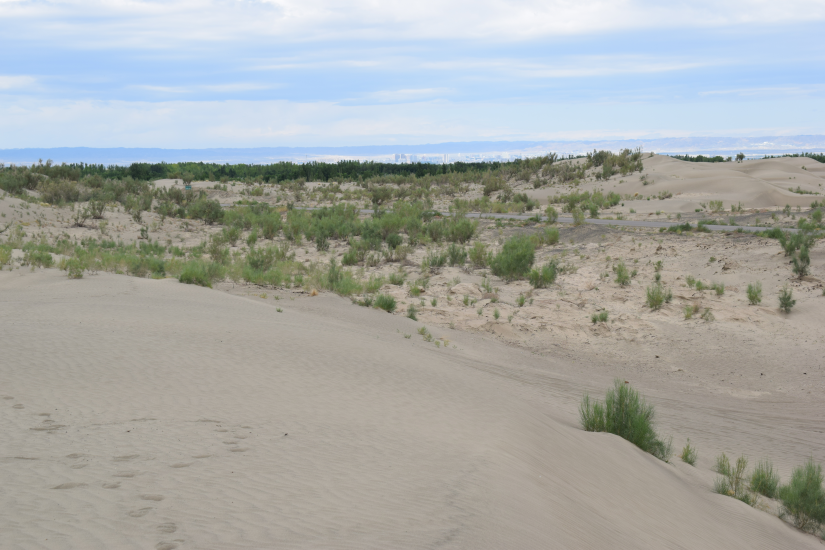
If you did not come to Kashgar…
It is said by citizens of ancient Kashgar city that if you did not come to Kashgar, you do not need to say you had been to Xinjiang Uyghur. This is one of the main tourism regions and has 4.6 million residents, of which over 90 percent is Uyghur people.
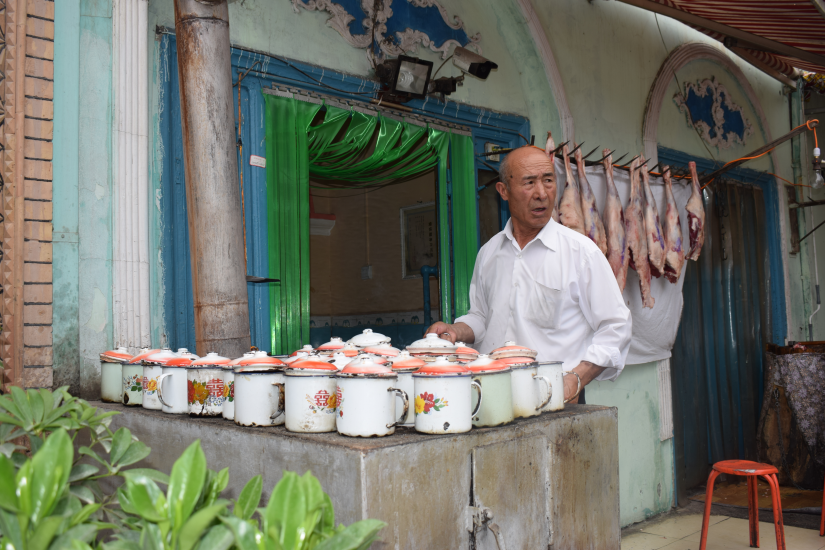
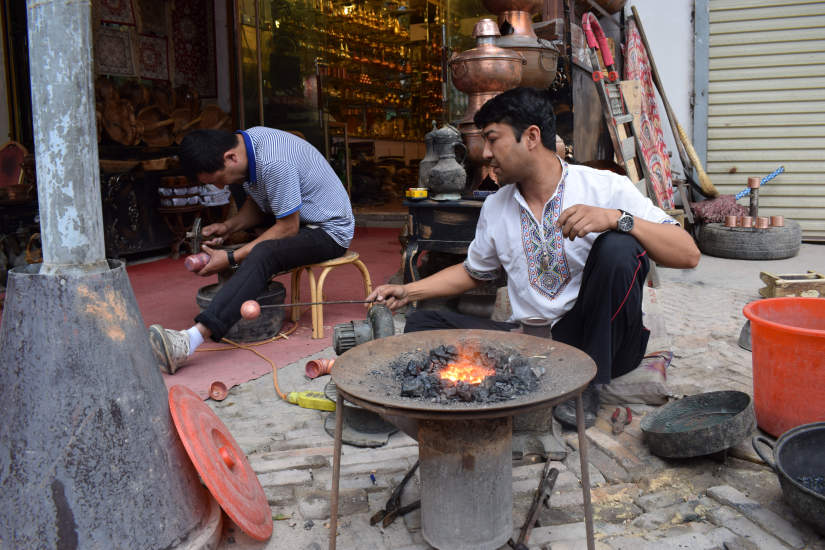
Every morning, citizens of the city hold a little opening
ceremony at the welcoming gate of old Kashgar city for tourists. Entering
through the gate of old Kashgar city, various kinds of trade and services welcome you.
Uyghur black tea, nang, Uyghur style pancake, Uyghur khuushuur, and mutton soup without any flavoring receive acclaim.
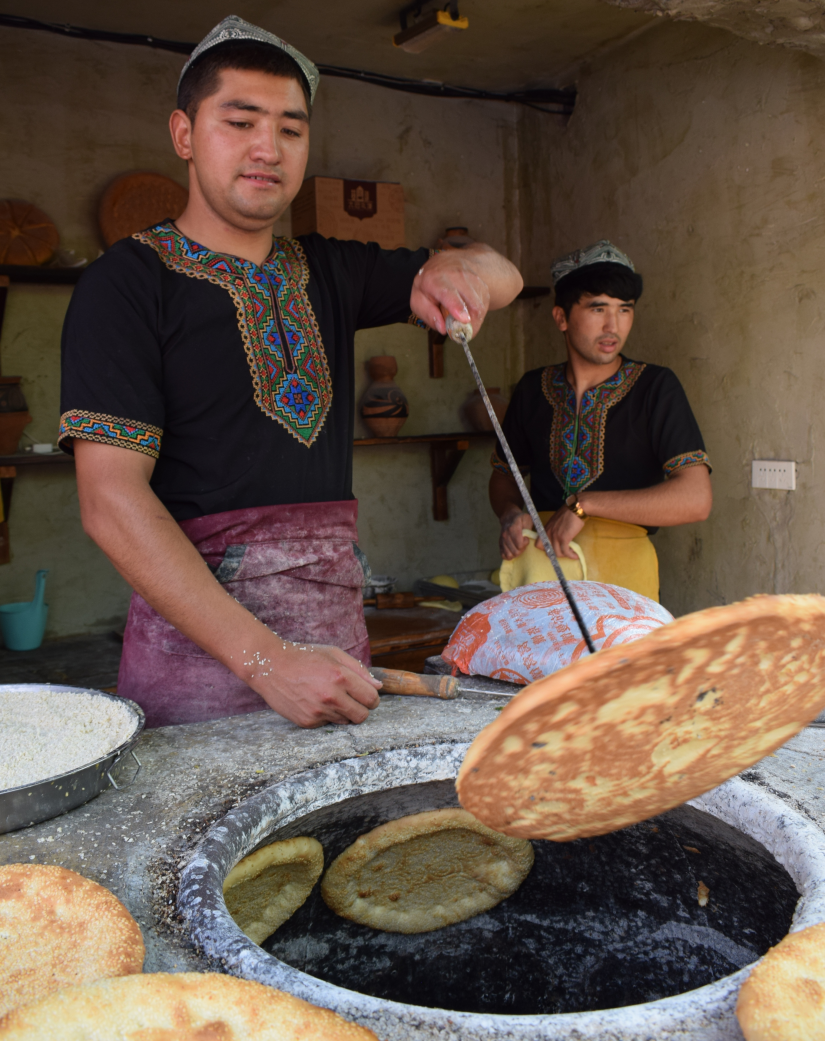
While travelling through
old city in Kashgar, we visited Islamic Aitiga Church built during the Ming
dynasty, kindergarten, vocational training center and headed out to Grand
Bazaar to buy souvenirs.
Sh.Batbold
 Ulaanbaatar
Ulaanbaatar





